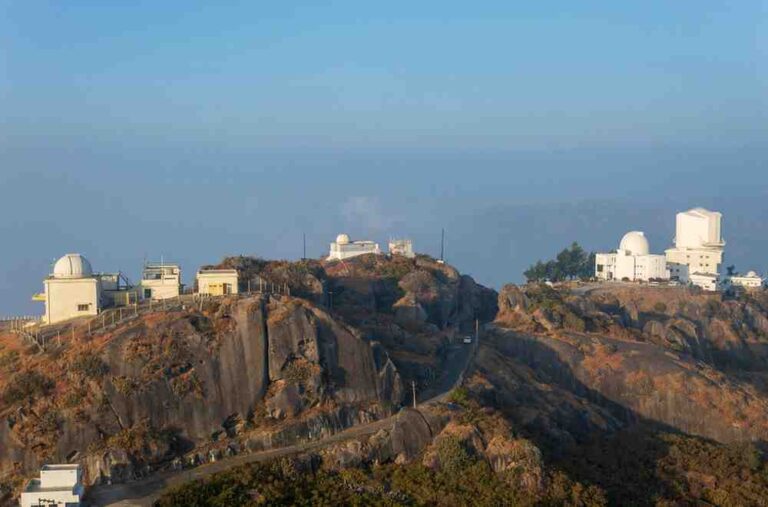A little past dawn on Wednesday, the icy assault on the seemingly infinite stretches of desert landscape in Rajasthan came by way of a bizarre aberration. Mount Abu, the only hill station in the state, served as the cold heart of Rajasthan, where the mercury read a very brisk 2.4 degrees Celsius. Such adversities truly herald different climates of Rajasthan, and one such oddity is Mount Abu, situated in a predominantly warm state.
The cold wave sweeping through Rajasthan was not limited to Mount Abu’s heights alone. As the sun first breached the horizon and looked through the thick night mist covering the plains, Sangaria, located in Hanumangarh district of the state, clocked a minimum of 5.8 degrees Celsius. Further south towards the Shekhawati region, Lunkaransar recorded a low of 6.8 degrees, while Sirohi and Fatehpur matched each other with the same reading of 7.3 degrees Celsius-wide-ranging under the grip of cold.
Mount Abu Becomes Rajasthan Coldest Destination
The records of the Meteorological department further tell a tale of a state under siege by winter. Pilani, steeped in educational activity, has been reported at an icy 7.6 degrees Celsius, contrarily, Churu, a town better known for very high temperatures in the Thar Desert, was even more chilled at 7.8 degrees. With Sikar and Sriganganagar around the higher marks of 8.2 degrees, Nagaur was slightly better off, touching a minimum of 8.8 degrees Celsius. Such data evidently outlines the widespread impact of a cold wave over such widely diverse geographic conditions across the state of Rajasthan.
Meanwhile, the state capital, Jaipur, experienced what could be described as a relatively warmer morning, with the mercury settling at a comfortable 13 degrees Celsius. This variance in temperature from the hill station to the capital city underscores the microclimates that exist within Rajasthan, influenced by altitude, urban heat islands, and other geographical factors.
Mount Abu turns out to be the coldest in Rajasthan for quite a few reasons. This hill station, located in the Aravalli Range, is about 1,220 m above sea level and usually experiences a cooler climate than the low-lying areas. The process of cold air drainage further invigorates the coolness of a valley, where cooler air sinks to the valley and warmer air rises; such conditions are found in hill station areas like Mount Abu. One such geographical advantage, supported by current weather conditions, has let Mount Abu once again claim its fame of being one of the coldest places in Rajasthan.
Such kinds of cold weather have many implications. They mean a start of the day with layers of warm clothing for the residents, which may affect one’s daily routine, agriculture, and health. Frost affecting crops will spell doom for the farmers in the region, and at the same time, the tourism sector would benefit by an influx of visitors wanting to add the winter charm of Mount Abu to their lists of experiences. The local economy, therefore, sees both disadvantages and advantages with each drop in temperature.
From an environment point of view, these cold snaps contribute to a greater narrative of weather change. It affects mostly local wildlife and most water bodies and also contributes to the ecology. For example, lower temperatures might freeze some water bodies affecting aquatic life, or this may provide the requisite chill for the life cycle of some species.
Weather forecasters and meteorologists keep a close watch on the events mentioned above. By understanding these patterns, meteorologists can timely advise citizens, take preparations from potential health emergencies such as hypothermia, or manage resources, such as heating supplies or emergency sheltering. The information obtained from these cold waves gives data for long-term climate studies, which are important for predicting future weather patterns and even climate change response.
As Rajasthan braces for more of such cold mornings, the tale of Mount Abu’s fall to 2.4 degrees Celsius is far more than a tale of thermometer readings. It is a story that interweaves geography with human adaptation, economic implications, and environmental factors. It is a reminder of the diversity of nature and the tenacity of life against cold, deathly dawns of a desert state.




